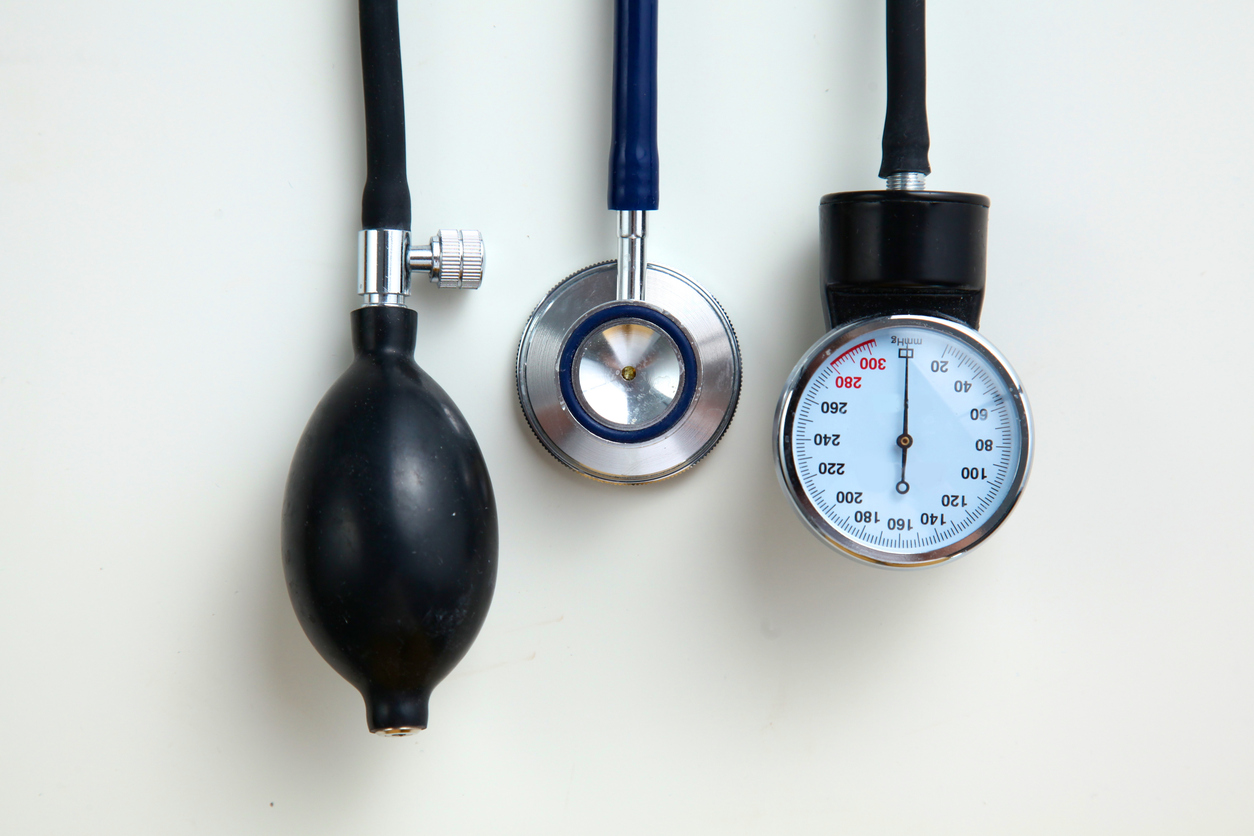
Having high blood pressure is a bad thing — we all know this. But do you know what those numbers mean and how to recognize when your blood pressure is too high? To help make things simple, here’s a quick 101 lesson on reading your blood pressure levels:
Explaining the Numbers
Blood pressure is read as a fraction, with systolic pressure on top and diastolic pressure on bottom. Systolic pressure is the amount of pressure in your arteries during the contraction of the heart. Diastolic pressure is the amount of pressure when the heart is between beats. The goal is to not let either of these numbers get too high (and sometimes not too low).
What’s a Normal Blood Pressure Reading?
Blood pressure is measured in millimeters of mercury, also known as mm Hg.
- Systolic Pressure – Between 90 and 120 mm Hg (Top Number)
- Diastolic Pressure – Between 60 and 80 mm Hg (Bottom Number)
A normal reading should be no higher than 120/80 mm Hg and no lower than 90/60 mm Hg. To help keep your blood pressure in this range, exercise regularly, have a balanced diet, reduce sodium intake, avoid stress, etc.
Stages of Hypertension
- Prehypertension – When systolic pressure is between 120 and 139 mm Hg, and diastolic pressure is between 80 and 89 mm Hg.
- Hypertension (Stage 1) – When systolic pressure is between 140 and 159 mm Hg, and diastolic pressure is between 90 and 99 mm Hg.
- Hypertension (Stage 2) – When systolic pressure is above 160 mm Hg, and diastolic pressure is above 100 mm Hg.
- Hypertensive Crisis (Danger) – When a blood pressure reading is above 180/110 mm Hg.
As you age, it’s important to not only keep track of your current blood pressure, but also to be able to make sense of the numbers you’re reading. For other useful tips and information, visit our blog! If you’re interested in learning more or visiting The Arbors Assisted Living community, schedule a tour by contacting one of our five convenient locations:
Bohemia
Hauppauge
Islandia East
Islandia West
Westbury